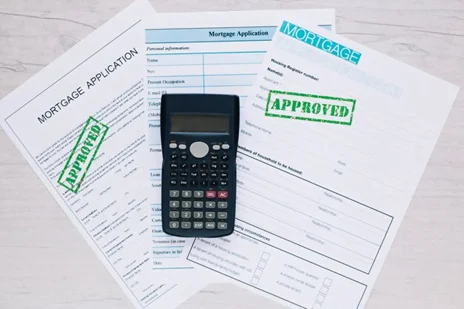
IRS Form 1040-SR, designed specifically for seniors who want to file a tax return. In this article, I will explain what Form 1040-SR is, who must use it, the lines that must be filled out, and the features of the form.
What is IRS Form 1040-SR?
The IRS Form 1040-SR is a tax form that is designed specifically for seniors who are 65 or older. It was introduced in 2019 as part of the Bipartisan Budget Act of 2018, and it is an alternative to the regular Form 1040. The purpose of the form is to make it easier for seniors to file their taxes by providing a simpler, more straightforward format.
Using IRS Form 1040-SR
Not all seniors need to use Form 1040-SR. It is only required for those who meet certain criteria. Here are the requirements:
Age:
You must be 65 or older by the end of the tax year for which you are filing.
Filing status:
You can use Form 1040-SR if your filing status is single, married filing jointly, head of household, or qualifying widow(er) with dependent child.
Income sources:
You can use Form 1040-SR if you have income from any of the following sources:
- Wages, salaries, tips, and other taxable employee compensation
- Self-employment income
- Interest and dividends
- Capital gains and losses
- Rental income
- Social Security benefits (including disability)
- Pensions and annuities (including railroad retirement)
- IRA distributions
- Unemployment compensation
- Gambling winnings
If you do not meet these requirements, you cannot use Form 1040-SR and must use the regular Form 1040 instead.
The lines to complete the IRS Form 1040-SR
Form 1040-SR is similar to the regular Form 1040, but it has some differences. Here are the lines that must be completed:
Lines 1-5: Personal Information
This section asks for basic personal information such as your name, address, and social security number.
Line 6: Standard Deduction
On this line, you can enter the standard deduction for your filing status. If you do not itemize your deductions, you can use the standard deduction.
Line 7: Income
This line is where you report your total income for the year. This includes wages, salaries, tips, and any other taxable income.
Lines 8a and 8b: Social Security Benefits
If you received Social Security benefits during the year, you will report them on these lines. Line 8a is for the total amount of benefits you received, and Line 8b is for the taxable portion of those benefits.
Lines 9a and 9b: Taxable Income
On these lines, you will calculate your taxable income by subtracting your deductions and exemptions from your total income.
Lines 10-11b: Tax and Credits
This section is where you calculate your tax liability and apply any credits you are eligible for. This includes the Senior Tax Credit, which is available to seniors with income below certain limits.
Lines 12a-12d: Other Taxes
If you owe any other taxes, such as self-employment tax or alternative minimum tax, you will report them on these lines.
Lines 13a-13c: Refundable Credits
If you are eligible for any refundable credits, such as the Earned Income Tax Credit or the American Opportunity Tax Credit, you will report them on these lines.
Lines 14-15: Payments and Refunds
This section is where you report any payments you made during the year, such as estimated tax payments or withholding from your Social Security benefits. If you overpaid your taxes, you will receive a refund, which will be reported on Line 15.
Lines 16-20b: Other Information
This section is for additional information, such as foreign accounts and partnerships.
Signature
Finally, you must sign and date the form to certify that the information is true and accurate to the best of your knowledge.
Features of IRS Form 1040-SR

Form 1040-SR has several features that make it easier for seniors to file their taxes. Here are some of the most notable features:
Larger Font Size
The font size on Form 1040-SR is larger than on the regular Form 1040, making it easier to read for seniors who may have vision impairments.
Simple Format
Form 1040-SR has a simpler format than the regular Form 1040, with fewer lines to complete. This makes it easier for seniors who may be overwhelmed by the complexity of the regular form.
Standard Deduction Chart
Form 1040-SR includes a chart that shows the standard deduction for each filing status. This makes it easier for seniors to determine their standard deduction without having to look it up separately.
Senior Tax Credit
Form 1040-SR includes a Senior Tax Credit, which is available to seniors with income below certain limits. This credit is designed to offset the cost of living expenses for seniors.
Filing Instructions
Form 1040-SR includes detailed instructions on how to complete the form, making it easier for seniors to understand what information is required and how to report it.
Conclusion
IRS Form 1040-SR is a tax form designed specifically for seniors who want to file their taxes. It has a simpler format than the regular Form 1040, with larger font size and detailed instructions. It also includes a Senior Tax Credit and a standard deduction chart, which make it easier for seniors to calculate their taxes. To use Form 1040-SR, you must be 65 or older, have a certain filing status, and have income from certain sources. If you meet these requirements, Form 1040-SR may be a good option for you to simplify the process of filing your taxes.
Read more about How To Use IRS Form 4668 Correctly


